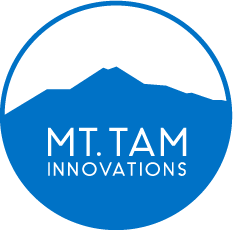Implementing Agile Behavior in Any Business Environment
You might have heard that Agile business development allows for companies to develop digital tools and technology, but what exactly is Agile behavior, and how does it apply to your business?
Created by software developers, the Agile Manifesto of 2001 introduced Agile as a set of iterative business management practices that can be applied to any organization. Agile practices focus on four values:
Individuals and interactions over processes and tools
Working software over comprehensive documentation
Customer collaboration over contract negotiation
Responding to change over following a plan
The benefits of Agile business do not exist to benefit technology companies alone – take National Public Radio or Procter & Gamble, for example, where the framework is applied in a non-technical environment. Agile business strategies can apply to any team looking to improve its approach to project management. In fact, general projects completed with Agile business practices are proven to be more successful – 28% more successful than projects completed with standard project management approaches.
Are you interested in helping your company produce stronger results, adapt quickly to changes, or improve connection and feedback? Agile project management can assist your organization in achieving these goals. With the values put forth by the Agile Manifesto in mind, take a look at ways to incorporate Agile behavior into your business environment.
Individuals and interactions over processes and tools
The days of convoluted, extensive email chains are over. Prioritize face-to-face conversation, then document or summarize meetings for those that need to know to follow up details in simple terms, rather than forwarding along chains. Interpersonal communication will lead to uncovering hidden talents and connections within an organization that can be used to help your business.
Progress over perfection
Make iteration work for you by outlining clear conditions of satisfaction and a firm definition of a product being ‘done’. Set realistic, achievable conditions and criteria that a product must satisfy and make sure these conditions and criteria are met before moving forward with subsequent progress.
Customer collaboration over contract negotiation
Treat customers as business partners. Focus first on shared vision, then on creating value for these customers so that they will always return. Work toward solutions and relationships rather than working toward winning at all costs.
Responding to change over following a plan
While plans are important to keep team members informed, promote a culture of flexibility. Creating an environment where employees are taught to identify a miss or potential miss, then innovate and respond in new and creative ways fosters a culture of continuous improvement and one where everyone can contribute.

